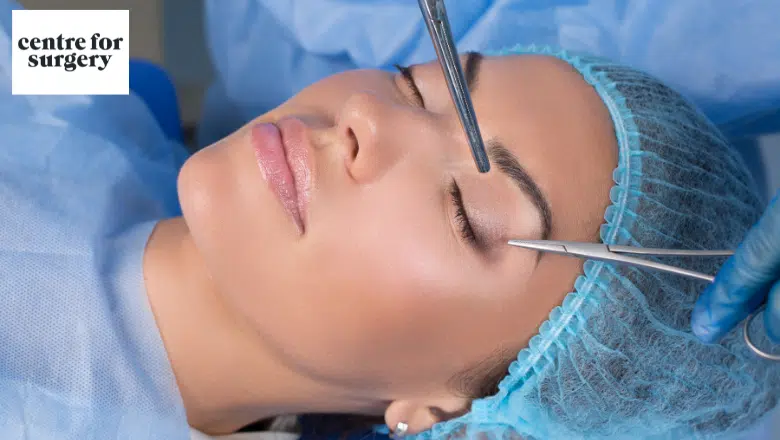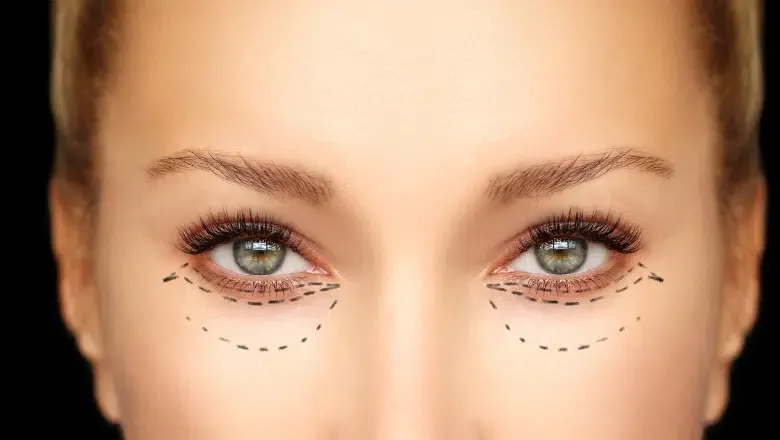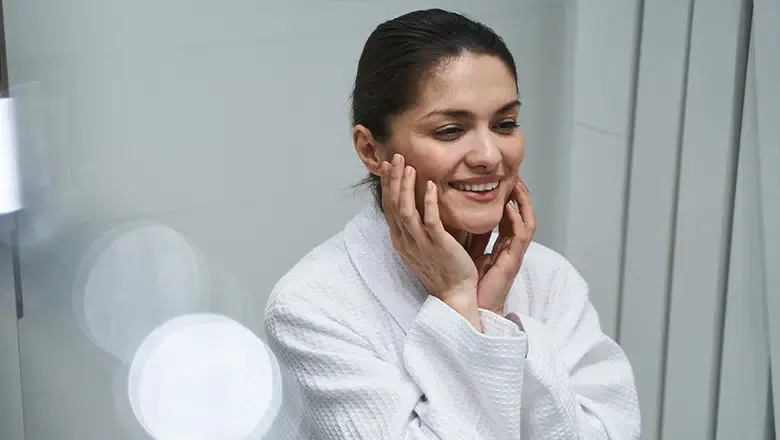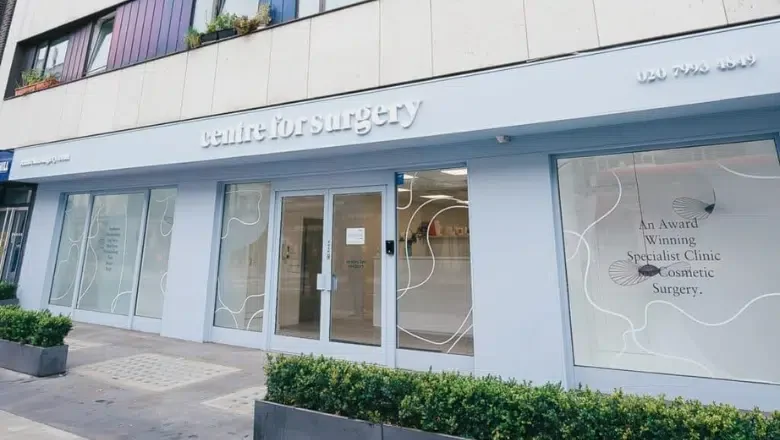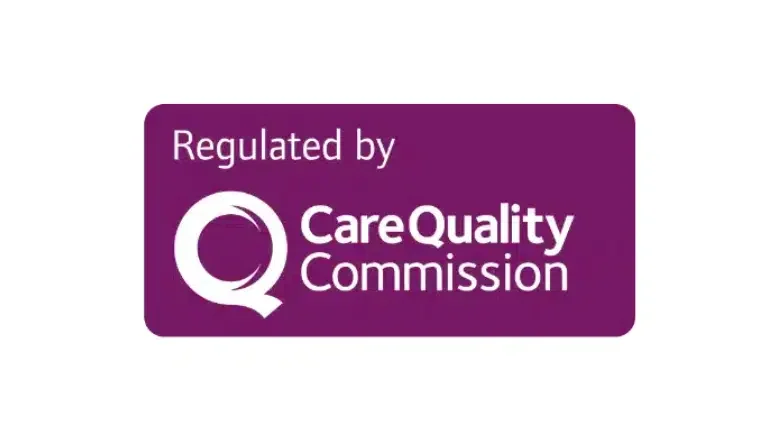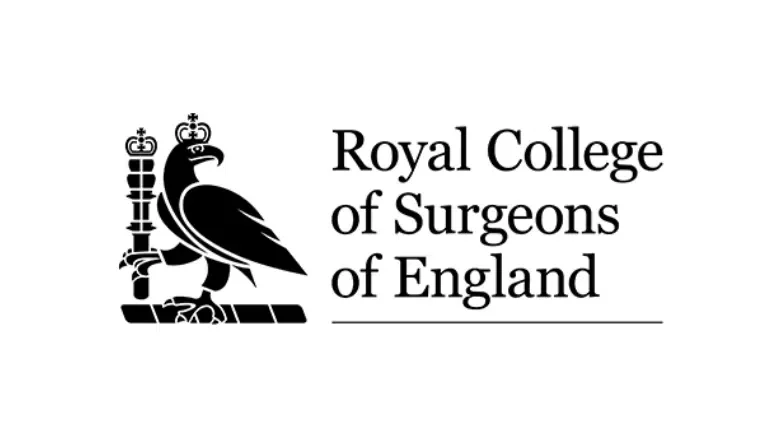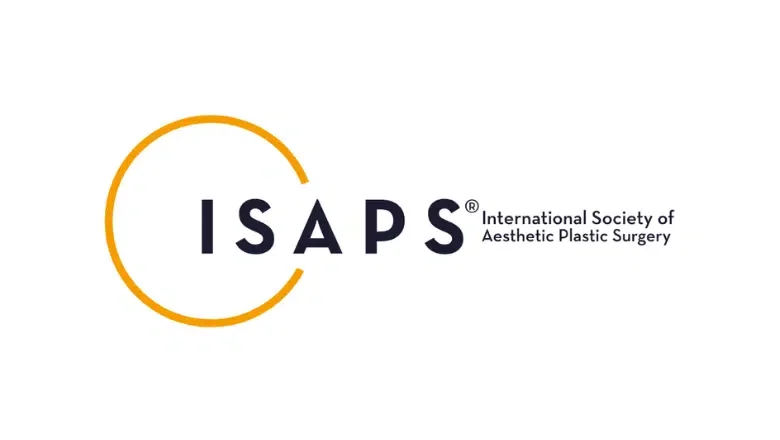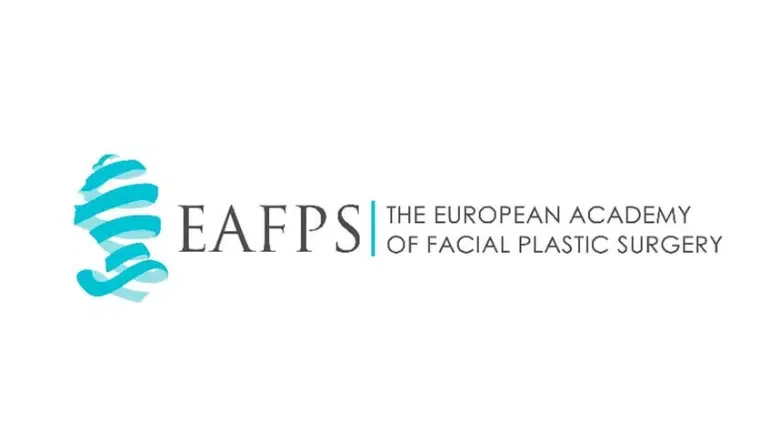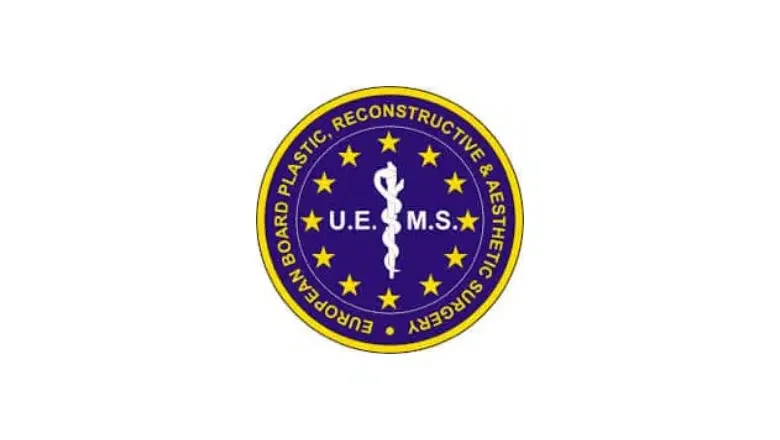Eyelid surgery, or blepharoplasty, is often thought of as a purely aesthetic procedure. But not all blepharoplasty is about looking younger. For some people, it’s about seeing better. Cosmetic and functional eyelid surgery share some techniques, but they serve very different goals. One is about appearance. The other is about medical necessity.
At Centre for Surgery in London, we specialise in both types, combining expert surgical skill with individualised care. Whether you’re considering surgery to refresh your appearance or to correct a vision problem, it’s essential to understand what each type of procedure entails — and what distinguishes them.
What is Blepharoplasty?
Blepharoplasty is the surgical correction of the upper or lower eyelids. The main goal is to remove or reposition excess skin, fat, or muscle that causes the eyelids to sag, bulge, or droop. It can involve the upper eyelids, lower eyelids, or both.
RELATED: How to Fix Tired Looking Eyes
While the surgery is one of the most commonly performed facial procedures, it’s far from one-size-fits-all. Every patient has a different reason for choosing it. And those reasons fall into two broad categories: cosmetic or functional.
Cosmetic Blepharoplasty
Cosmetic blepharoplasty is chosen by people who want to look more refreshed, alert, or youthful. It’s not medically required. It’s an elective surgery meant to improve appearance by correcting common signs of ageing around the eyes.
Over time, the skin loses elasticity, and the muscles around the eyes can weaken. This can cause the upper eyelids to droop and the lower eyelids to look puffy or baggy. For some, this creates a tired or older appearance, even if they feel energised and youthful inside.
A cosmetic blepharoplasty typically removes excess skin and fat and may also tighten muscles. For upper eyelids, the incision is placed within the natural fold of the lid, making the scar nearly invisible once healed. For lower eyelids, the approach depends on whether the goal is to remove fat, tighten skin, or both. Some patients need skin removal, while others may only need internal fat repositioning.
The results are subtle but powerful. Eyes appear brighter. The face looks more open and rested. It doesn’t radically change your appearance, but it can restore a look that feels more like you.
People often combine cosmetic eyelid surgery with other treatments like brow lift or non-surgical options such as anti-wrinkle injections or dermal fillers. This creates a balanced and natural rejuvenation across the upper face.
Functional Blepharoplasty
Functional blepharoplasty is performed to solve problems that interfere with vision or cause physical discomfort. It’s not about looks — though it can still improve appearance. This type of surgery is driven by medical need.
The most common reason for a functional blepharoplasty is visual obstruction. If the upper eyelid skin droops far enough to block the upper or peripheral field of vision, it can seriously impact daily life. Reading, driving, or even walking becomes more difficult and potentially dangerous.
Another functional issue is ptosis, where the upper eyelid margin itself — not just the skin — droops due to weakened muscles or nerve damage. This can affect one or both eyes and sometimes develops after trauma, ageing, or neurological conditions. In severe cases, the eyelid may hang low enough to partially or fully cover the pupil.
Other problems that might call for functional blepharoplasty include skin irritation from rubbing eyelid folds, forehead strain from constantly raising the eyebrows to compensate for droopy lids, or tearing and dry eye due to poor eyelid positioning.
This type of surgery often requires preoperative tests such as visual field testing or photographs for insurance approval. It’s considered a reconstructive procedure, and in some cases, the NHS or private insurance may cover it.
How the Procedures Differ
Although both types of blepharoplasty may involve similar incisions and techniques, the goals and outcomes differ.
Cosmetic eyelid surgery is planned with aesthetics in mind. The surgeon carefully balances the amount of skin and fat removed to avoid a hollow or overly tight appearance. The aim is harmony and natural-looking enhancement, not drastic change. Every millimetre matters, especially in an area as delicate and expressive as the eyes.
Functional eyelid surgery focuses more on function than form. The priority is to lift or reposition the tissues enough to restore sightlines or reduce discomfort. That said, experienced surgeons like those at Centre for Surgery take both function and appearance into account. Even in functional cases, the aesthetic result should still look good — just as in cosmetic surgery, the eyes should still function well.
Another difference lies in aftercare and recovery. Cosmetic patients are usually focused on how fast they can return to social activities or work without visible bruising. Functional patients, meanwhile, are often more concerned about how soon their vision improves or discomfort eases. The physical recovery is similar in both cases, but the emotional drivers behind it are different.
RELATED: Traditional vs Non-Surgical Blepharoplasty
Who is a Good Candidate?
For cosmetic eyelid surgery, ideal candidates are in good overall health, non-smokers, and have realistic expectations about results. They’re often bothered by signs of ageing such as drooping upper lids or under-eye bags, and want a refreshed look.
Functional candidates tend to be older and may have coexisting medical conditions. They often come to the clinic after noticing that their eyelids are interfering with vision, comfort, or daily tasks. In some cases, their optometrist or GP may have flagged the issue first.
An in-person consultation with an oculoplastic or facial surgeon is key. The evaluation involves a full medical history, visual field testing if needed, and a close examination of the eyelid anatomy. Only then can the right approach — cosmetic, functional, or both — be planned.
Can Both Types Be Combined?
Absolutely. It’s not uncommon for patients to benefit from both cosmetic and functional improvements in a single operation. For example, a person may need a functional upper blepharoplasty to restore their vision but also wish to smooth the lower eyelid area for cosmetic reasons.
Combining the two makes sense logistically. It reduces overall downtime, surgical cost, and recovery overlap. But it also requires a surgeon with experience in both reconstructive and aesthetic techniques. That’s why choosing the right clinic matters.
At Centre for Surgery, our surgeons are trained in both areas. We plan each procedure carefully to achieve both function and form where needed, without compromising either.
Risks and Considerations
As with any surgery, blepharoplasty carries risks. These include bleeding, infection, dry eyes, asymmetry, scarring, or temporary blurred vision. Most complications are rare and manageable when the surgery is done by a qualified and experienced specialist.
RELATED: Risks of Blepharoplasty Surgery – Eyelid Surgery Risks
For functional procedures, additional considerations may be necessary if there’s underlying ptosis, brow droop, or neurological involvement. These can affect outcomes and might need separate or additional procedures.
It’s also worth noting that expectations must align with reality. Blepharoplasty can do a lot, but it won’t stop the ageing process. Results last many years, but natural changes in skin and muscle tone will continue over time.
A thorough consultation, clear communication, and a well-planned surgery are the best ways to ensure a good outcome.
Recovery: What to Expect
Recovery after blepharoplasty is relatively straightforward, though it requires patience. For both cosmetic and functional procedures, most swelling and bruising settle within 10 to 14 days. Cold compresses and keeping the head elevated help speed things along.
Stitches, if used externally, are usually removed within a week. Makeup can typically be worn again after two weeks. Vision might be slightly blurry early on due to ointments or swelling, but this clears up quickly.
You’ll need to avoid heavy lifting, bending over, or strenuous activity for at least two weeks. Light walking is fine from day one. Most people return to work and normal social activities within 10 days, though it varies by case.
Functional improvements — such as better peripheral vision or less eyelid heaviness — can be noticed almost immediately. Cosmetic results gradually become more visible as swelling subsides.
Choosing the Right Surgeon for Your Eyelid Lift
Whether your goals are cosmetic or functional, blepharoplasty is a surgery that demands precision, planning, and experience. The eyelids are delicate and complex. The difference between a good result and a great one often comes down to small details.
RELATED: Best Eyelid Surgeon in London
Look for a surgeon who performs blepharoplasty regularly and has expertise in both aesthetic and functional eyelid surgery. Ask to see before-and-after photos, and don’t be afraid to ask detailed questions about techniques, risks, and what to expect.
At Centre for Surgery, all eyelid procedures are performed by specialist surgeons with years of focused training. We offer personalised care tailored to your individual anatomy and goals — whether that means helping you see better, look younger, or both.
Why Choose Centre for Surgery for Blepharoplasty?
At Centre for Surgery, we are proud to offer world-class expertise in blepharoplasty (eyelid surgery) from our state-of-the-art Baker Street clinic in the heart of London. Our consultant-led approach means your entire journey is overseen by experienced plastic surgeons who specialise in both cosmetic and functional eyelid procedures. We use the latest surgical techniques and technology, including advanced local anaesthesia methods, to ensure the best possible results with minimal downtime.
Our consultants are listed on the GMC specialist register and are supported by a highly trained nursing and recovery team. Whether you are considering blepharoplasty for aesthetic reasons or to improve vision-related issues, we tailor your care to your individual needs with complete transparency and guidance.
What Our Patients Say:
“I had upper eyelid surgery with Centre for Surgery and the experience from start to finish was flawless. The results look natural and I feel 10 years younger!”
— Rebecca L., London
“From the first consultation I felt completely at ease. My surgeon explained everything clearly and the aftercare was exceptional.”
— Daniel M., Surrey
“Professional, warm, and genuinely caring. I’m so happy with how my eyes look now—no more tired expression!”
— Farah K., Hertfordshire
Our commitment to patient safety, comfort and excellent outcomes is reflected in our consistently high satisfaction rates and five-star reviews. You can learn more about our values and standards here:
👉 About Us
👉 Meet the Team
We also offer flexible finance options to make eyelid surgery more affordable. Learn more about pricing and packages on our Cost Guide.
To find out more about eyelid surgery and other related treatments, visit our Plastic Surgery Blog and browse our Clinic FAQs for answers to common questions.
To book your consultation at our CQC-registered Baker Street clinic, contact us today:
📞 0207 993 4849
📧 contact@centreforsurgery.com
We look forward to helping you look and feel your very best.

